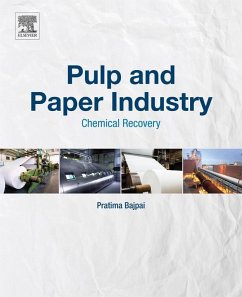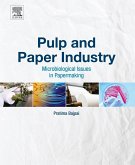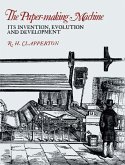Pulp and Paper Industry: Chemical Recovery examines the scientific and technical advances that have been made in chemical recovery, including the very latest developments. It looks at general aspects of the chemical recovery process and its significance, black liquor evaporation, black liquor combustion, white liquor preparation, and lime reburning.
The book also describes the technologies for chemical recovery of nonwood black liquor, as well as direct alkali regeneration systems in small pulp mills. In addition, it includes a discussion of alternative chemical recovery processes, i.e. alternative causticization and gasification processes, and the progress being made in the recovery of filler, coating color, and pigments. Furthermore, it discusses the utilization of new value streams (fuels and chemicals) from residuals and spent pulping liquor, including related environmental challenges.
The book also describes the technologies for chemical recovery of nonwood black liquor, as well as direct alkali regeneration systems in small pulp mills. In addition, it includes a discussion of alternative chemical recovery processes, i.e. alternative causticization and gasification processes, and the progress being made in the recovery of filler, coating color, and pigments. Furthermore, it discusses the utilization of new value streams (fuels and chemicals) from residuals and spent pulping liquor, including related environmental challenges.
- Offers thorough and in-depth coverage of scientific and technical advances in chemical recovery in pulp making
- Discusses alternative chemical recovery processes, i.e., alternative causticization and gasification processes
- Covers the progress being made in the recovery of filler, coating color, and pigments
- Examines utilization of new value streams (fuels and chemicals) from residuals and spent pulping liquor
- Discusses environmental challenges (air emissions, mill closure)
- Presents ways in which the economics, energy efficiency, and environmental protection associated with the recovery process can be improved
Dieser Download kann aus rechtlichen Gründen nur mit Rechnungsadresse in A, B, BG, CY, CZ, D, DK, EW, E, FIN, F, GR, HR, H, IRL, I, LT, L, LR, M, NL, PL, P, R, S, SLO, SK ausgeliefert werden.









